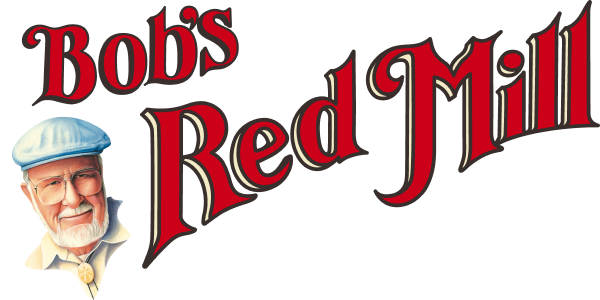So what makes Scottish oats different from regular rolled oats? It’s not a different variety: rather, instead of being steamed and rolled like regular American oats, Scottish oats are slowly ground between two millstones, producing a smooth texture, more like a traditional porridge. Many years ago, Bob visited Scotland and learned the traditional art of milling oats at the historic, water-powered Preston Mill.
Today, Bob's Red Mill Scottish Oatmeal is produced using the same authentic methods and contains all the nutrients of the high-quality oats from which it was ground. The resulting Scottish porridge is a hot cereal you’ll love. Want to cook it the true Scottish way? Instead of a spoon, stir your oats with a wooden spurtle (which we used when we entered the World Porridge Making Championship and won the Golden Spurtle!). This stick-shaped tool prevents lumps from forming. Just be sure to use your right hand and stir clockwise—folk wisdom maintains that this wards off evil spirits!
Whole oat groats are an good source of fiber—whether rolled, cut or ground—which may safeguard against heart disease, and helps keep you full longer, which can ward off between-meal snacking. We love to use Scottish oats to make our morning porridge and top it with butter and brown sugar, but you can customize it any way you want: for example, with fresh fruit, yogurt and nuts. You can also make savory oats with braised vegetables, hot sauce and a poached egg.
However, just like rolled oats, Scottish oats can be used in baked goods—click below for recipes for cereal bars, pancakes, scones, bread or Scottish oatcakes!
For 20 other fun and unique porridge recipes, visit
BobsRedMill.com/Oatmeal.
Eating raw oats is generally safe, but may cause digestive issues or increase the risk of foodborne illness.



